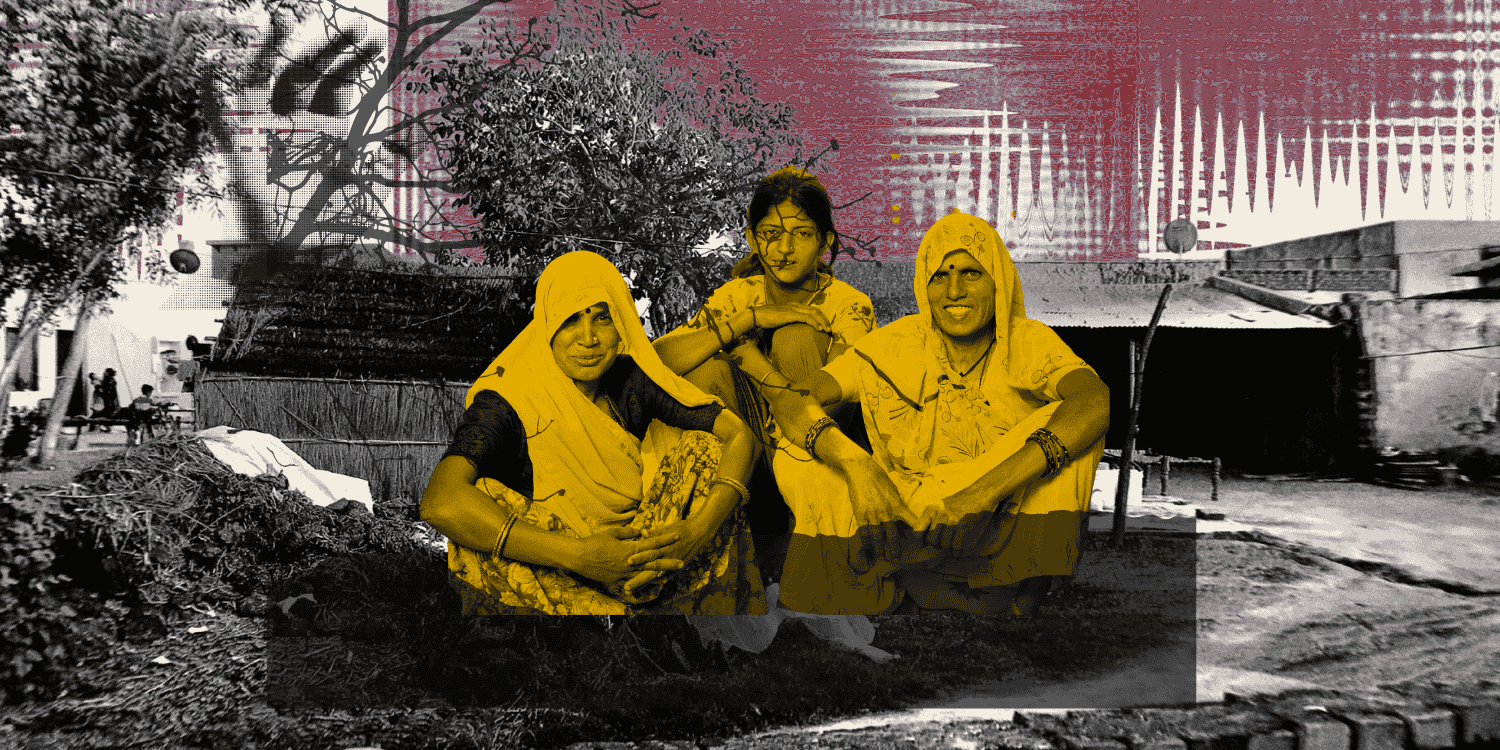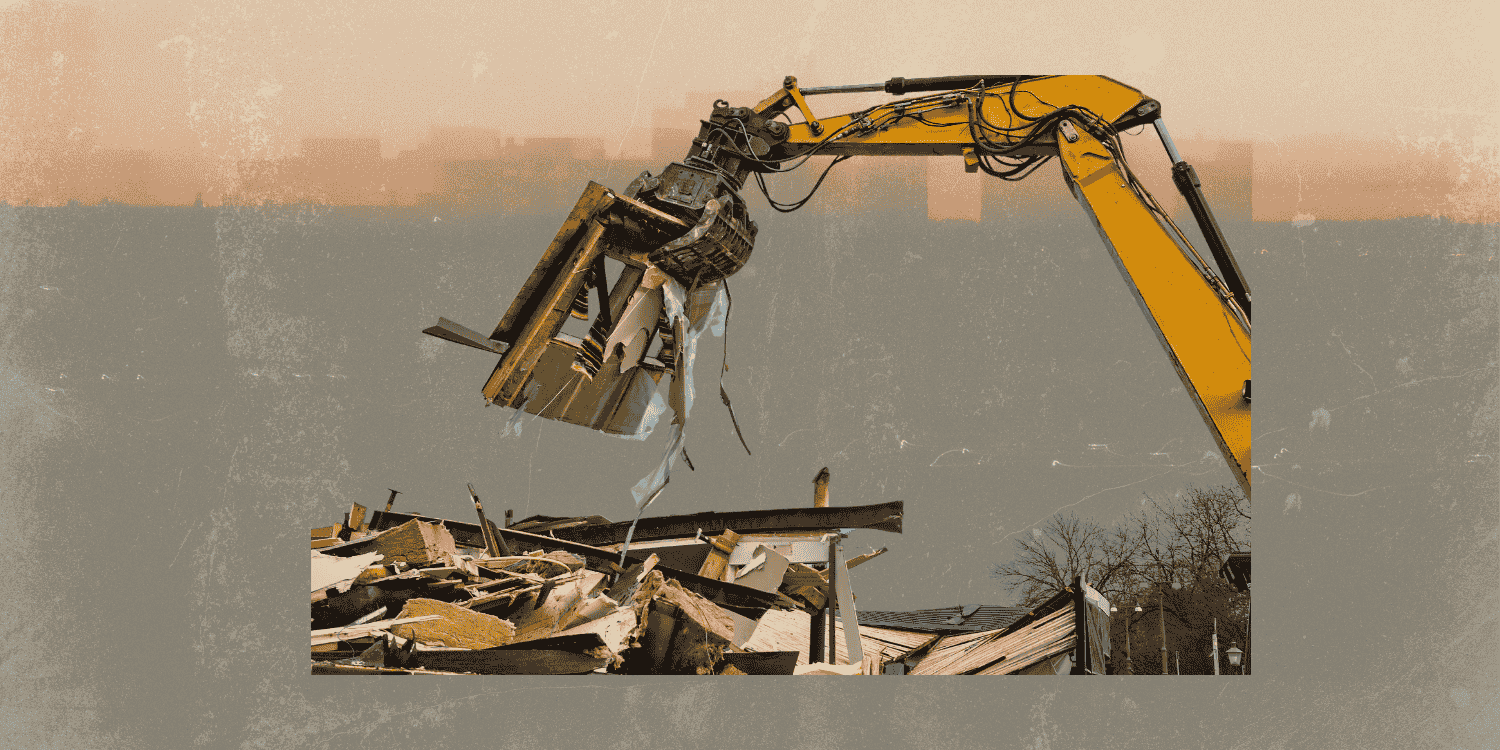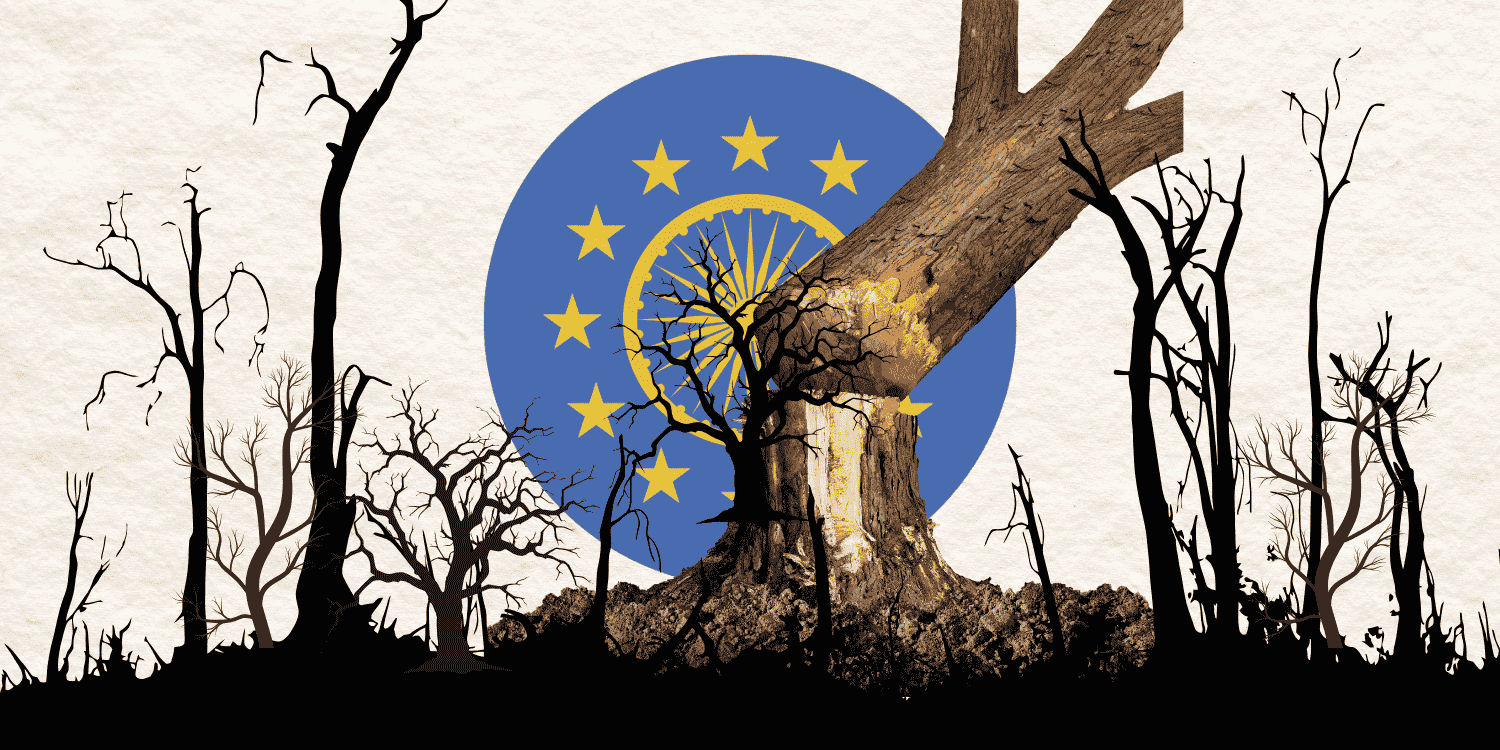ABSTRACT
Custodial torture and deaths are rampant in India, with reports suggesting that an average of 1800 people have died in police custody each year between 2016-2018. Lack of adequate sensitisation or human rights education of police personnel, a severe lacuna of policies and laws to incriminate police officers for committing custodial violence, as well as prejudice and discrimination along lines of caste, tribe and social class are major contributors to the disease of custodial torture. This brief touches upon the severity of the situation, underscoring the need for governments at all levels to implement curative policy reforms.
CONTEXT
According to the Status of Policing Report 2019, three out of four police personnel justify being violent towards criminals and four out of five rationalise physically assaulting suspects during investigations to extract confessions (Common Cause and CSDS 2019: 131). Given the prevalence of such a mindset, it is not surprising that custodial deaths have become institutionally normalised in India’s policing system. In 2019, the National Human Rights Commission (NHRC) registered 1723 total custodial deaths as compiled and reported by the National Campaign Against Torture (NCAT) Annual Report 2019 (UNCAT 2020: 6). On documenting 125 custodial deaths, the NCAT data revealed that 74.4% died due to alleged custodial torture by the police (ibid.). Moreover, a trend analysis of available data shows that only 5% of policemen have been convicted over 16 years (2000-16) for such deaths (Saxena 2020). The NHRC’s Annual Report 2017-18 categorically states, “Custodial violence and torture is so rampant in India that it has become almost routine…The Commission regards crimes like rape, molestation, torture, fake encounter in police custody as manifestations of a systemic failure to protect human rights of one of the most vulnerable and voiceless categories of victims” (NHRC 2018: 44).
GAPS IN DATA
A deeper look at the nature of available data on custodial violence reveals vast inconsistencies. The table below compares the total number of custodial deaths recorded by the National Crime Records Bureau (NCRB) and those registered by the NHRC during 2016-2018.
TABLE 1: NUMBER OF CUSTODIAL DEATHS AS PER NCRB AND NHRC REPORTS DURING 2016-2017

Clearly, there is a high degree of discrepancy between data recorded by the two government agencies making it difficult to gauge the extent of custodial violence in the country. This also has major implications for any policy formulation on custodial violence and torture. The dismal state of data exists in consonance with the fact that there is a lack of effective legislation against custodial violence and torture.
LEGAL PROVISIONS
The United Nations Convention Against Torture (UNCAT), which mandates a global prohibition on torture by monitoring governments and making them accountable, was signed by India in 1997, more than a decade after the Convention was adopted by the UN in 1984 (UNTC 1984). However, in the absence of specific legislation that defines and lists punishments for torture, India is yet to ratify the convention.






